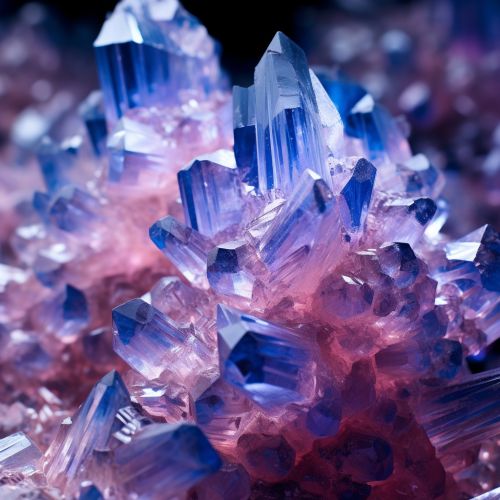Chloride
Overview
Chloride is an ionic form of the element chlorine, denoted by the symbol Cl-. It is one of the most abundant ions in nature, playing a crucial role in maintaining the osmotic pressure, pH, and electrolyte balance in biological systems. It is also a key component in many industrial processes, including the production of PVC, disinfectants, and other chemicals.


Physical and Chemical Properties
Chloride ions are negatively charged, monovalent ions. They are colorless and odorless in their pure form. Chloride ions are highly soluble in water and are able to conduct electricity, a characteristic feature of ions. They are weak bases, capable of accepting a proton to become a neutral chlorine atom.
Biological Role
In biological systems, chloride ions are essential for maintaining proper hydration and electrolyte balance. They are primarily found in the extracellular fluid where they function as one of the primary anions. Chloride ions are involved in maintaining the osmotic pressure, pH, and electrolyte balance. They also play a role in the transmission of nerve impulses in the body.
Industrial Applications
Chloride ions are used in a variety of industrial applications. They are used in the production of a number of chemicals, including PVC, disinfectants, and dyes. Chloride ions are also used in the process of electroplating, where they help to increase the conductivity of the solution.
Environmental Impact
Chloride ions are naturally occurring and are commonly found in the earth's oceans. However, excessive amounts of chloride can be harmful to aquatic life. High levels of chloride can also negatively impact the taste and odor of drinking water.
